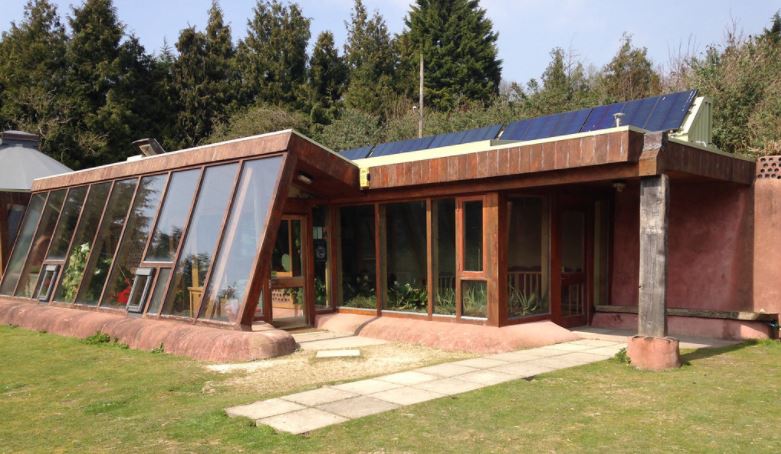A son of the iconoclastic architect who pioneered unconventional dwellings, dubbed earthships, visited New York City recently where he opined that the pandemic had boosted interest in his father’s concept of eco-friendly housing built from the flotsam of society and animated by totally natural resources.
“Any disaster or crisis that happens, we always get a giant uptick in need all over the year,” said Jonah Reynolds, a bio-technician son of Michael Reynolds, referring to houses made of recycled material and powered by natural means.
The announcement came on the same day a panel was held when Mayor de Blasio’s director of sustainability Mark Chambers emphasized that buildings refusing to take climate change seriously and reduce their emissions by 2024 could be fined as much as $1 million, matching the Climate Mobilization Act passed last year by City Council.
“Our goal is to have an impact on greenhouse gas emissions, not to collect fines,” said Chambers in the panel. “We want buildings to reduce their energy usage.”
Cuomo said the plan, known as the Empire Building Challenge, would create 100,000 jobs by 2030. It “leverages public-private partnerships with leading industry experts and helps New York to continue its rich legacy of environmental stewardship in order to protect our natural resources for future generations,” added Cuomo in a press release.
Panelists said New York City infrastructure was deficient in planet-saving measures and that something must be done to make New York “greener.” “Heating and Cooling buildings here represent 15% of the world’s carbon emissions,” said Dave Regnery, the President and Chief Operating Officer of Trane Technologies.
The moderator of the panel, Jess Shankleman, Energy and Commodities Reporter at Bloomberg News, cited the damage that buildings do to the economy. “Buildings account for 70% of the city’s greenhouse gases through demand for heat and cooling and in the materials used in construction,” said Shankleman.
Reynolds told the Brooklyn News Service why Earthships will become more desirable throughout the climate crisis. “A biotech is very similar to an architect but we take into account the biology of the planet,” said Reynolds. An architect builds just the shelter, a biotech builds buildings that are completely off grid.”
Reynolds cited the example of the mass construction taking place next to his hotel building. “Every single building should have solar panels, period; every building should take care of itself,” he concluded.
On the panel, Shankleman said a common misconception is that “smog from cars and vans” are to blame for New York City’s role in climate change when in actuality, “the worst offenders are hiding in plain sight.”
Chambers echoed this idea. “It’s time for us to step our game up,” he said. “We want materials that will perform the way we want our people to perform; better.”


Leave a Reply
You must be logged in to post a comment.